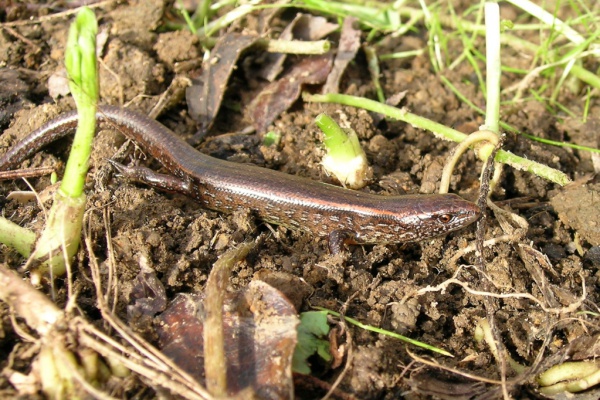Facts About Copper skink
The copper skink, a small native lizard of New Zealand's North Island, belongs to the family Scincidae. Recent molecular studies have revealed that New Zealand hosts an impressive 50-60 skink species, all classified under the Scincidae family. In 2008, a taxonomic revision assigned the copper skink its scientific name, Cyclodina aenea, distinguishing it from previously similar species based on genetic and physical differences.
Recognized as the smallest indigenous skink in New Zealand, the copper skink can grow up to 120mm in length. It possesses a long, smooth body, short legs, and a remarkable ability to shed its tail to evade predators. These skinks have a varied diet consisting of small insects and invertebrates and typically give birth to 3-7 young in late summer.
There has been some debate about the copper skink's distribution in New Zealand. Genetic studies suggest they have existed for a long time, likely arriving during the early Miocene era. It is believed they may have floated over from New Caledonia on debris, which led to the development of various species through adaptive radiation.
Interestingly, copper skinks have adapted well to urban environments. In 2012, the Department of Conservation classified them as Not Threatened. However, they still face dangers from introduced predators such as cats, rodents, and hedgehogs. They also compete for resources with the introduced rainbow skink, Lampropholis delicata, which occupies similar habitats. Although research on the rainbow skink's impact is limited, it is considered a potential threat due to this overlap. Successful relocation efforts have been carried out, but ongoing conservation actions are essential to ensure the copper skink's survival.
